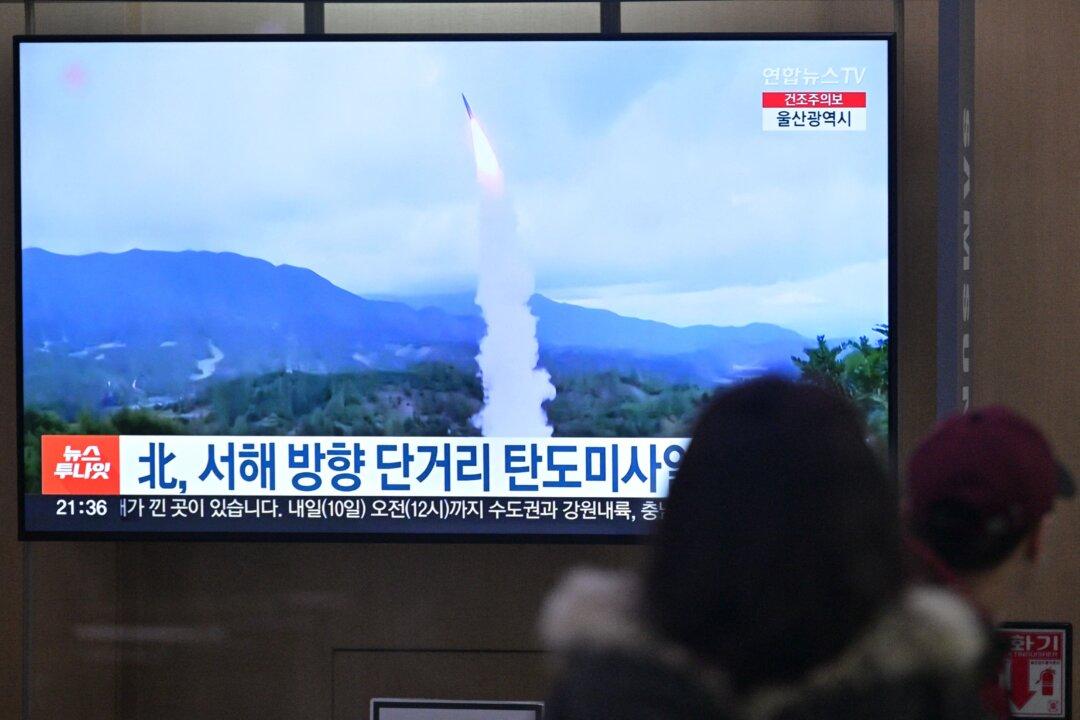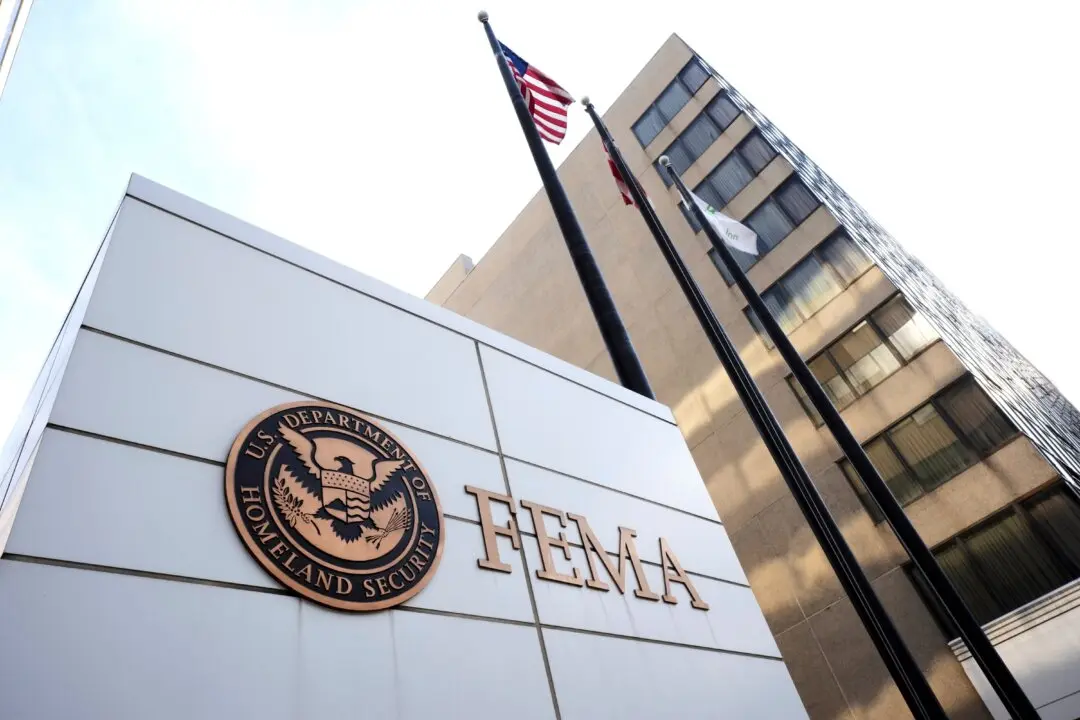North Korea fired two short-range ballistic missiles into the sea on Tuesday, according to the South Korean military, in a tit-for-tat for ongoing U.S.-South Korea military drills on the Korean Peninsula.
The launches occurred within minutes of each other. South Korea’s Joint Chiefs of Staff (JCS) said it detected North Korea firing a missile from the Jangyon area in South Hwanghae province at around 7.41 a.m. (local time) and another one at 7.51 a.m. (local time).





